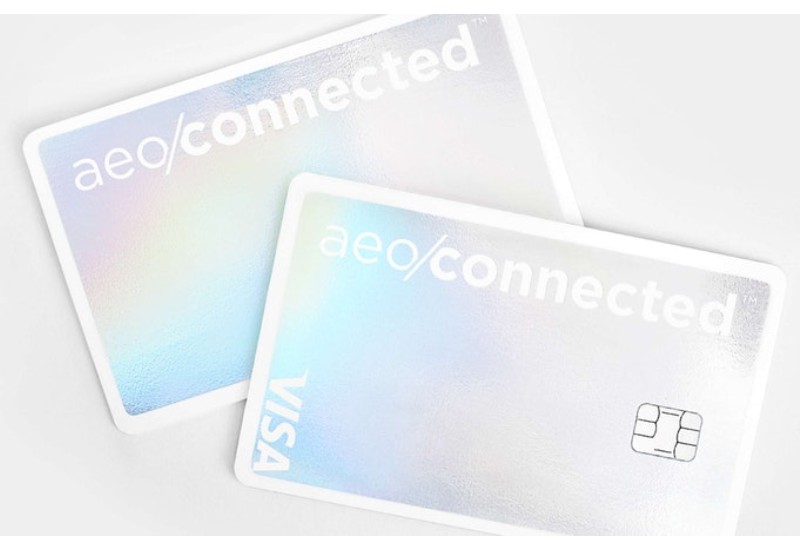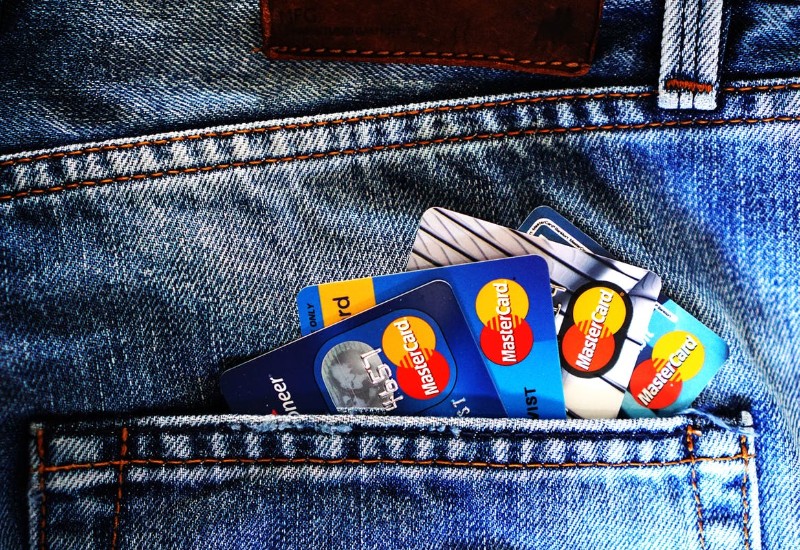Cash rewards cards tend to be pretty uniform or, at the very least, predictable. Well, maybe, but Citi Double Cash is looking to change all of that. In the past, you used to only accrue cash back rewards points as you spent. Now Citi Double Cash is giving you rewards points as you pay down your balance. Consumers often feel like they’re credit card companies are charging them every which way they can. Now they can feel like the entire dynamic has flipped.
One of Citi Double Cash’s main competitors is that old reliable standard, Chase Sapphire Preferred. This has been a go-to card for consumers with a credit history who were looking for travel reward points for years now. However, consumers shouldn’t pigeonhole it as merely a travel rewards card. Indeed, one of the biggest advantages of Chase Sapphire Preferred is that it offers flexibility that many travel rewards cards do not.
How do these two cards stack up against one another?… Citi Double Cash vs. Chase Sapphire Preferred advantages and disadvantages:
The Advantages of Citi Double Cash
Citi Double Cash’s rewards program has a cool, attention-grabbing gimmick that can help you to pay down your existing credit card debts. Not only are the rewards points going to pay off when you cash them in toward your balance (or just cold, hard cash), many consumers will find the strength of will to make big strides on paying off their credit cards knowing that they’re getting cash back bonus points every time they make a payment.
The card can also be attractive for consumers who do not carry any revolving debt. For example, if you’re the type of consumer who uses their credit card to establish credit, buying gas and groceries and paying off the balance every month, you’re going to get the same rewards that the person who is using Citi Double Cash to pay off their existing debts. That 2-percent savings (1 percent purchasing and 1 percent paying your bill) will quickly add up over time.
Miscellaneous card benefits include price protection for 60 days, enhanced purchase protection and a one-time late fee waiver. There is no introductory APR and the interest rate varies between 13.24 and 23.24 percent.
The Disadvantages of Citi Double Cash
With that said, Citi Double Cash isn’t the world’s best cash back card. There are never any bonus categories. The 1 percent cash back on purchases and balance payments is the same, all the time, no matter what. Compare that to cards like Discover It or Chase Freedom who often offer cash back bonus points of up to 5 percent on select purchases.
While the card carries no annual fee, nor does it come with any signing bonus, so don’t expect a big influx of points when you sign up for this card. Ultimately, if you’re using this card as a cashback rewards card, have another one in your wallet that’s going to offer something in the way of bonus points.
The Advantages of the Chase Sapphire Preferred Card
Again, to call the Chase Sapphire Preferred Card simply a “travel rewards card” is to sell it short. The card offers 1.25 percent rewards on all purchases, doubling that to 2.5 percent for all travel-related purchases. Chase are very broad in how they define “travel,” including ZipCar rentals, Uber rides, subway rides and even tolls. Casual dining, whether take out or sit in, are likewise included as travel rewards points. That’s great for anyone who ever eats out or has travel-related expenses. Spend $4,000 in the first three months of having the card and you get 50,000 rewards points or $625 to spend on travel.
What’s more, the points can be used for cash back at a “point-per-cent” rate, as well as statement credits at the same rate. Travel bookings through Chase Ultimate Rewards get a 25-percent boost and the miles transfer program starts there, but can go even higher, as high as 2 cents per point.
There is no introductory annual fee, but after the first year, the annual fee is $95. The APR varies between 16.24 percent and 23.24 percent. There are no foreign transaction fees.
The Disadvantages of the Chase Sapphire Preferred Card
There aren’t a lot of disadvantages for this card, but the main two are the annual fee and the fact that it’s not available to consumers who don’t spend at least $10,000 each year on their credit card.
Which Card Is For You?
Both cards are solid cards, but for anyone who regularly eats out or has any travel-related expenses, the Chase Sapphire Preferred Card is the better option. The main advantage is just how broadly Chase defines travel-related expenses for these purposes. Even eating out twice a week can quickly make this a better option than Citi Double Cash depending on what you spend.
Other credit cards you might want to consider include:
FAQ
Is Discover or Citi better?
With the most winning categories, Discover it beats the Citi Double Cash Card (3-2) by a slight margin. Discover it has the better online shopping portal, lower interest rates, and more perks than the Citi Double Cash Card.
Is Citi double cash card good?
So, it's an especially good card for people who plan to use it for years. Citi Double Cash is more than just a rewards card, though. ... Just make sure to account for the card's 3% (min ) balance transfer fee and regular APR: 15.74% to 25.74% (V), depending on creditworthiness.
Are Citi and Capital One the same?
Capital One vs Citibank. Capital One is a good online bank with access to in-person support. ... While Citibank has 700 branches across the U.S. Accounts must be opened as a checking & savings package. Service fees and ways to waive are on the high side.
Is Citibank double cash card a Visa or Mastercard?
Is the Citi® Double Cash Card a Visa or a Mastercard? The Citi® Double Cash Card – 18 month BT offer is a Mastercard.


